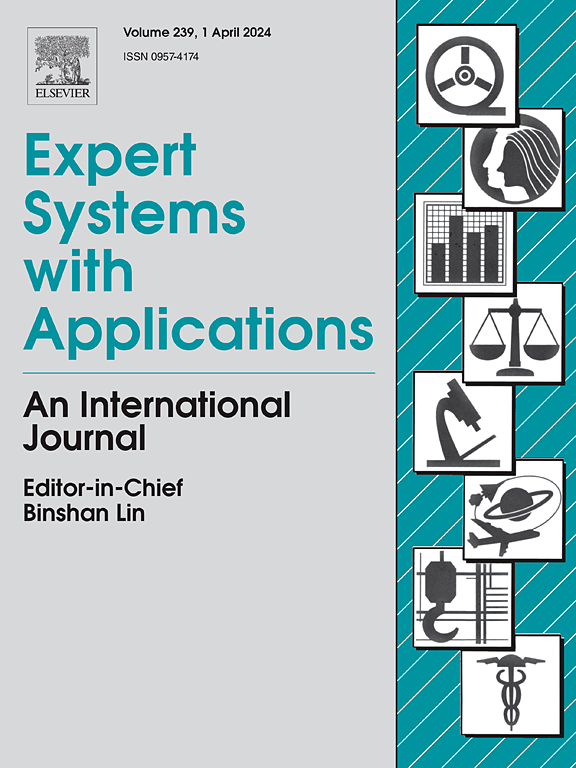Language of actions: A generative model for activity recognition and next move prediction from motion sensors
IF 7.5
1区 计算机科学
Q1 COMPUTER SCIENCE, ARTIFICIAL INTELLIGENCE
引用次数: 0
Abstract
Increasing use of motion sensors in wearable and mobile devices has fuelled the development of new computational models to detect and monitor the context of the people via streaming data from those devices. A particular task is the recognition of current activity from motion signals acquired from miniature inertial sensors, such as accelerometers, embedded in wearable devices. The problem is formally defined as classification of a single-source triaxial motion signal into one of pre-defined categories of human activities. In this study, we propose a data processing framework based on a generative action model, which is inspired by language models in text processing, to understand actions and explain resulting activity. We show that the model can be used for several tasks such as activity recognition from a completed action or next move prediction in an incomplete action with known activity. The framework was tested on three different benchmark datasets, where the signals were collected from accelerometers worn in chest or wrist and labelled according to different activities relevant to position of the sensor placed. The model achieved 97.7% accuracy for recognizing hand activities using wrist-worn sensors, and 97.8–99% accuracy for recognizing whole-body activities using chest-worn sensors. The experimental results indicate the proposed model can provide an easily interpretable means of activity recognition and outperform many of the existing solutions in terms of classification accuracy. Furthermore, the model provides a strong baseline for next move prediction in an action, which may find applications in robotic simulations, human–computer interaction and synthetic data generation.
动作语言:运动传感器活动识别和下一步动作预测的生成模型
在可穿戴设备和移动设备中越来越多地使用运动传感器,这推动了新的计算模型的发展,通过这些设备的流数据来检测和监控人们的环境。一项特殊的任务是从嵌入在可穿戴设备中的微型惯性传感器(如加速度计)获得的运动信号中识别当前的活动。该问题被正式定义为将单源三轴运动信号分类为预先定义的人类活动类别之一。在本研究中,我们提出了一个基于生成式动作模型的数据处理框架,该模型受到文本处理中的语言模型的启发,以理解动作并解释产生的活动。我们表明,该模型可以用于几个任务,例如从已完成的动作中识别活动,或在已知活动的不完整动作中预测下一步动作。该框架在三个不同的基准数据集上进行了测试,其中信号从佩戴在胸部或手腕上的加速度计收集,并根据与传感器放置位置相关的不同活动进行标记。使用腕戴式传感器识别手部活动的准确率为97.7%,使用胸戴式传感器识别全身活动的准确率为97.8% - 99%。实验结果表明,该模型可以提供一种易于解释的活动识别方法,并且在分类精度方面优于许多现有的解决方案。此外,该模型为下一步动作预测提供了一个强有力的基线,可以在机器人模拟、人机交互和合成数据生成中找到应用。
本文章由计算机程序翻译,如有差异,请以英文原文为准。
求助全文
约1分钟内获得全文
求助全文
来源期刊

Expert Systems with Applications
工程技术-工程:电子与电气
CiteScore
13.80
自引率
10.60%
发文量
2045
审稿时长
8.7 months
期刊介绍:
Expert Systems With Applications is an international journal dedicated to the exchange of information on expert and intelligent systems used globally in industry, government, and universities. The journal emphasizes original papers covering the design, development, testing, implementation, and management of these systems, offering practical guidelines. It spans various sectors such as finance, engineering, marketing, law, project management, information management, medicine, and more. The journal also welcomes papers on multi-agent systems, knowledge management, neural networks, knowledge discovery, data mining, and other related areas, excluding applications to military/defense systems.
 求助内容:
求助内容: 应助结果提醒方式:
应助结果提醒方式:


